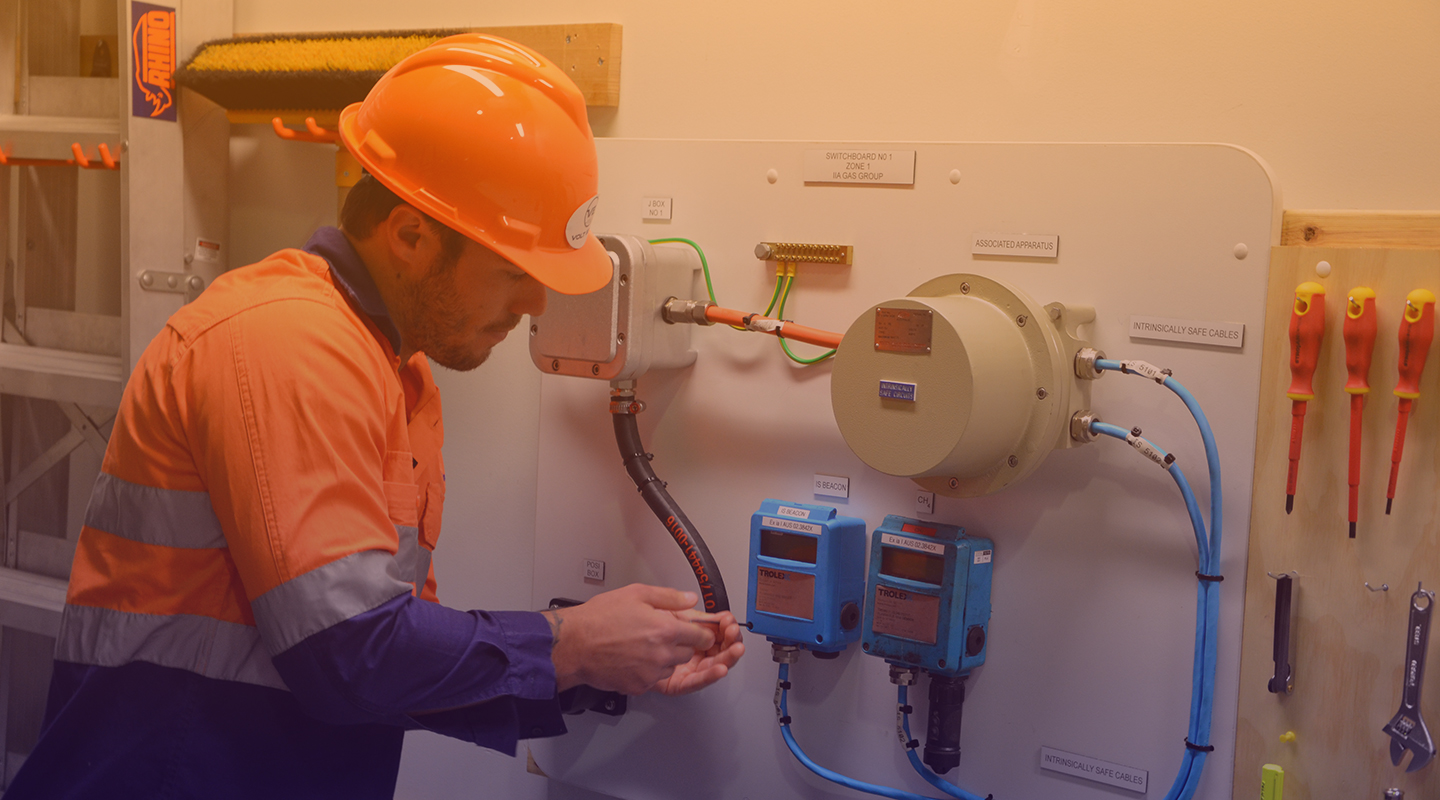Roar Solutions - Questions
Roar Solutions - Questions
Blog Article
The Buzz on Roar Solutions
Table of ContentsIndicators on Roar Solutions You Need To KnowRoar Solutions Things To Know Before You BuyTop Guidelines Of Roar Solutions
In such an atmosphere a fire or surge is possible when three fundamental conditions are fulfilled. This is usually referred to as the "unsafe area" or "burning" triangular. In order to shield setups from a potential surge a technique of analysing and classifying a possibly hazardous location is required. The function of this is to make sure the appropriate choice and installment of equipment to eventually avoid a surge and to make certain security of life.
(https://www.wattpad.com/user/roarsolutions)
No devices needs to be mounted where the surface area temperature of the tools is higher than the ignition temperature of the given hazard. Below are some common dust unsafe and their minimum ignition temperature level. Coal Dust 380C 225C Polythene 420C (melts) Methyl Cellulose 420C 320C Starch 460C 435C Flour 490C 340C Sugar 490C 460C Grain Dust 510C 300C Phenolic Resin 530C > 450C Aluminium 590C > 450C PVC 700C > 450C Residue 810C 570C The likelihood of the hazard being existing in a focus high sufficient to trigger an ignition will certainly vary from location to location.
In order to categorize this risk an installation is divided right into areas of danger depending upon the amount of time the dangerous is existing. These areas are described as Areas. For gases and vapours and dusts and fibers there are 3 zones. Zone 0 Area 20 An unsafe environment is extremely most likely to be existing and might be existing for extended periods of time (> 1000 hours each year) or perhaps continually Area 1 Area 21 A dangerous ambience is possible yet unlikely to be present for extended periods of time (> 10 450 C [842 F] A category of T6 suggests the minimum ignition temperature level is > 85 C [185 F] Harmful area electrical equipment possibly designed for usage in higher ambient temperatures. This would suggested on the score plate e.g. EExe II C T3 Ta + 60C( This implies at 60C ambient T3 will certainly not be surpassed) T1 T1, T2, T3, T4, T5, T6 T2 T2, T3, T4, T5, T6 T3 T3, T4, T5, T6 T4 T4, T5, T6 T5 T5, T6 T6 T6 A T Class ranking of T1 implies the optimum surface area temperature level generated by the tool at 40 C is 450 C. Assuming the associated T Class and Temperature level rating for the equipment are ideal for the area, you can constantly make use of a tool with a more rigid Department rating than needed for the location. There isn't a clear solution to this inquiry unfortunately. It really does rely on the sort of equipment and what fixings require to be lugged out. Tools with certain test procedures that can't be carried out in the area in order to achieve/maintain third celebration ranking. Should come back to the manufacturing facility if it is before the tools's solution. Area Fixing By Authorised Personnel: Complex screening might not be needed however specific treatments may need to be complied with in order for the tools to keep its 3rd party rating. Authorised employees should be used to carry out the job properly Repair service have to be a like for like substitute. New part have to be considered as a straight substitute requiring no special testing of the devices after the repair work is total. Each piece of equipment with a dangerous rating should be evaluated separately. These are described at a high level listed below, but also for more in-depth details, please refer directly to the guidelines.
Roar Solutions for Beginners
The equipment register is a detailed data source of equipment documents that consists of a minimum set of areas to identify each item's place, technological specifications, Ex-spouse category, age, and environmental data. This information is critical for tracking and managing the devices successfully within unsafe areas. In comparison, for regular or RBI sampling examinations, the quality will be a combination of Thorough and Close assessments. The ratio of In-depth to Shut assessments will be established by the Devices Threat, which is analyzed based on ignition threat (the probability of a resource of ignition versus the chance of a flammable environment )and the unsafe location category
( Area 0, 1, or 2). This variant will certainly also affect the resourcing requirements for work preparation. When Lots are defined, you can develop sampling strategies based on the example size of each Lot, which describes the variety of random equipment things to be examined. To identify the needed sample dimension, 2 facets require to be examined: the dimension of the Whole lot and the category of examination, which indicates the degree of effort that ought to be used( decreased, regular, or boosted )to the evaluation of the Great deal. By integrating the category of evaluation with the Lot size, you can after that develop the ideal being rejected standards for a sample, indicating the allowable number of faulty items located within that sample. For more details on this procedure, please describe the Energy Institute Standards. The IEC 60079 standard recommends that the optimum period between evaluations ought to not exceed 3 years. EEHA inspections will likewise be conducted beyond RBI campaigns as part of scheduled maintenance and equipment overhauls or repair services. These examinations can be attributed toward the RBI sample sizes within the impacted Lots. EEHA inspections are conducted to recognize mistakes in electric equipment. A heavy scoring system is essential, as a solitary item of equipment may have numerous mistakes, each with differing degrees of ignition risk. If the mixed score of both inspections is much less than twice the fault rating, the Whole lot is regarded acceptable. If the Great deal is still considered inappropriate, it should go through a complete assessment or justification, which may activate more stringent assessment protocols. Accepted Whole lot: The reasons for any type of mistakes are recognized. If a directory common failure setting is discovered, additional tools may need evaluation and repair work. Faults are classified by intensity( Safety, Integrity, House cleaning ), ensuring that urgent problems are assessed and dealt with promptly to mitigate any type of effect on safety or procedures. The EEHA data source need to track and videotape the lifecycle of faults together with the rehabilitative actions taken. Implementing a durable Risk-Based Evaluation( RBI )technique is crucial for ensuring compliance and safety and security in taking care of Electrical Tools in Hazardous Areas( EEHA) (Roar Training Solutions). Automated Fault Scoring and Lifecycle Monitoring: Effortlessly handle mistakes and track their lifecycle to boost evaluation accuracy. The intro of this assistance for risk-based inspection better strengthens Inspectivity's placement as a best-in-class solution for regulative conformity, in addition to for any asset-centric examination use case. If you want finding out extra, we invite you to request a demo and find how our solution can change your EEHA monitoring processes.
10 Simple Techniques For Roar Solutions

In regards to explosive risk, an unsafe location is a setting in which an eruptive ambience is present (or might be expected to be existing) in amounts that call for special precautions for the building, installment and usage of tools. hazardous area course. In this write-up we check out the obstacles faced in the work environment, the danger control measures, and the called for expertises to function safely
It is a consequence of modern-day life that we produce, store or manage an array of gases or liquids that are regarded flammable, and a series of dirts that are deemed flammable. These substances can, in specific problems, create eruptive ambiences and these can have major and heartbreaking consequences. A lot of us know with the fire triangular get rid of any kind of one of the 3 components and the fire can not happen, yet what does this mean in the context of unsafe locations? When damaging this down into its easiest terms it is basically: a mix of a specific amount of release or leakage of a specific material or product, combining with ambient oxygen, and the existence of a resource of ignition.
In the majority of circumstances, we can do little about the levels of oxygen airborne, yet we can have significant influence on resources of ignition, as an example electric tools. Hazardous locations are recorded on the dangerous area classification illustration and are determined on-site by the triangular "EX-SPOUSE" indication. Right here, amongst other essential details, zones are split into 3 kinds depending upon the danger, the chance and period that an explosive ambience will exist; Area 0 or 20 is deemed one of the most dangerous and Zone 2 or 22 is considered the least.
Report this page